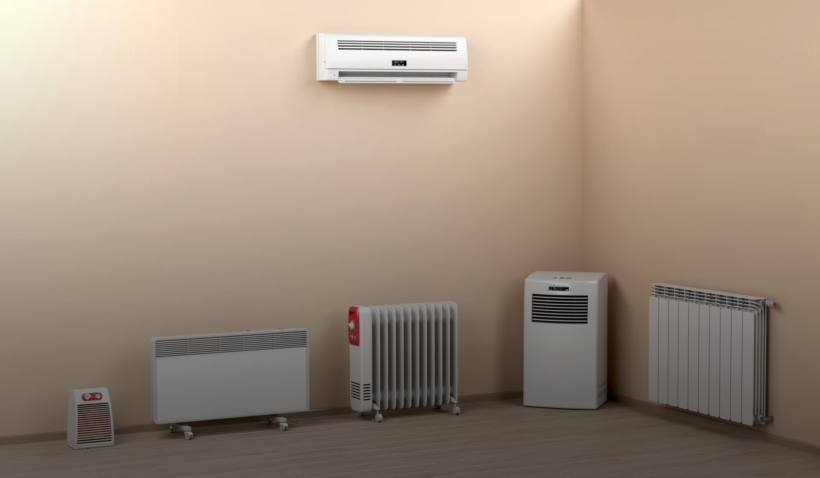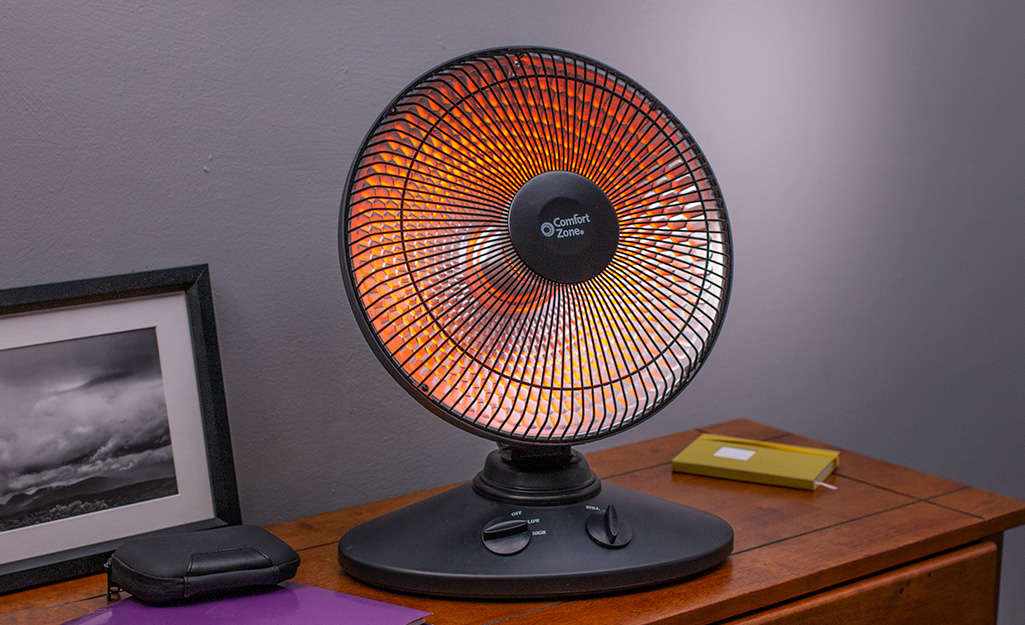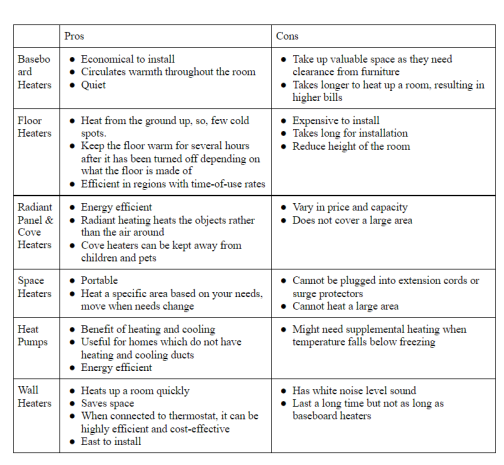What Does 1 Source Portable Air Mean?
What Does 1 Source Portable Air Mean?
Blog Article
Some Known Questions About 1 Source Portable Air.
Table of ContentsGetting The 1 Source Portable Air To WorkSome Ideas on 1 Source Portable Air You Should Know1 Source Portable Air Things To Know Before You Buy1 Source Portable Air Fundamentals Explained8 Easy Facts About 1 Source Portable Air Explained
Running expenses are based on an electrical power price of 40c/kWh. The prices for 3 months' usage in winter are based upon 500 hours utilize, or approximately 6 hours each day for 3 months. Optimum heat outcome is based on the maximum electrical power of the versions we have actually checked (we concentrate on higher electrical power heating units).
This relies on what expense you're looking at ahead of time acquisition, or running price? Customarily, there are trade-offs with either choice. Typically, small fan heating systems are less costly to get, yet can have higher running expenses. Oil column heating units will certainly be the least expensive on the marketplace to run (typically) however only by a slim margin in advance of convection heaters (like panel and micathermic panels).
Not known Factual Statements About 1 Source Portable Air
If you have a relatively easy to fix ceiling follower, it'll help distribute the warm around the room a lot more evenly. The versions in our electric heaters test commonly array in cost from well under $100 to over $900, but we have actually located a greater rate tag does not always mean far better efficiency. A number of costly heating units have failed to excite our testers, while some more affordable designs create surprisingly excellent buys.
As the name recommends, they radiate warmth from a red-hot burner (so the family members will need to take turns being in front of it). There are flooring and wall-mounted designs readily available. Glowing heaters are reasonably cost-effective. They have a cosy radiance and individual warming impact, like being in front of a fire.
Glowing heaters generally cost between $20 and $200. Oil-filled column heating units do not really melt oil they use power to heat the oil that's sealed inside their columns or 'fins'.
Not known Details About 1 Source Portable Air
Some column heating systems aren't even oil-filled but rather utilize other material or home heating modern technology to function similarly - 1 Source Portable Air. The risk of fire with an oil column heater is low compared to other heating system kinds, but never ever zero. Oil heating units do not have revealed elements like radiant heating systems do, and their surface temperature is lower than several various other heater types (their huge area makes up for it)
Oil column heaters won't explode, and while they don't melt their oil to create warmth, it's still flammable, check it out so there is a fire danger if the oil leakages, if the heater topple and leaks, or if combustible items or textile enter call or fall on the heating system. You over at this website must exercise the exact same degree of caution with oil heaters as for various other heater kinds, and never hang towels or clothing over one to completely dry them use a drying out rack instead, at the very least one metre away.
Column heating units are especially beneficial in spaces where they'll be changed on for extended periods of time or where they'll run ignored, such as overnight in a room. The surfaces you're likely to discuss a column heating system don't get as hot as various other types of electric heating systems. You can use a ceiling follower on really low rate to help the column heating system to disperse the warmth much faster and much more uniformly.
Oil-filled column heating units generally set you back between $50 and $450. Convection and panel heating systems draw cool air over an electric heating component.
Getting My 1 Source Portable Air To Work

Convection and panel heaters are extra portable than their oil-filled column heating system counterparts due to the fact that they're substantially lighter. Like a column heater, you can make use of a ceiling fan on really reduced speed to disperse the look here warm much faster and a lot more evenly.

What Does 1 Source Portable Air Do?
Fan heating units are often smaller and a lot more mobile than other electric heating systems. They also are available in the kind of tower fan heating systems, which can be better for distributing heat around bigger areas as a result of their taller profile. They can heat up the air in an area a lot more rapidly, equally and swiftly than some other heater types.
They can be fairly noisy with the follower on full power, though are usually sensibly peaceful at lower follower rates. Follower heating systems (ceramic or otherwise) typically price in between $60 and $900. Ceramic follower heating systems aren't necessarily any type of different in rate to non-ceramic versions. A relatively recent entrant into the consumer market, infrared heaters warm the area like the sunlight heats your face (without the UV rays so no danger of skin cancer). 1 Source Portable Air.
Report this page